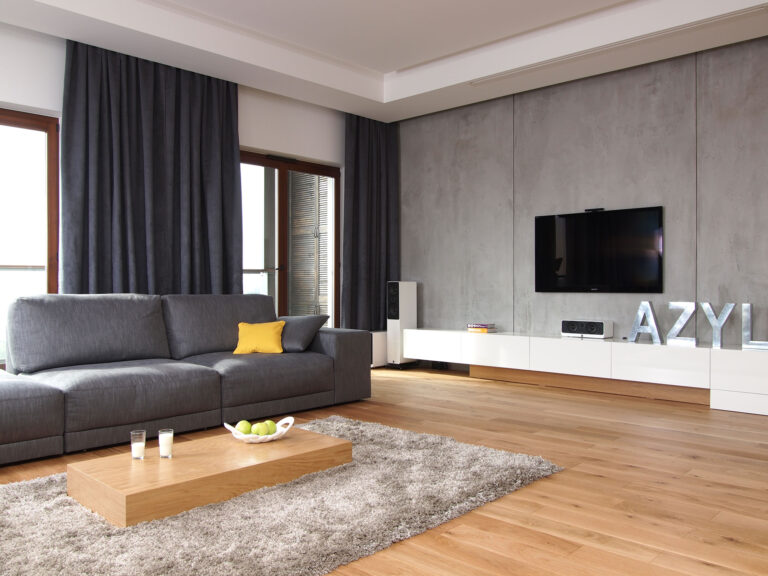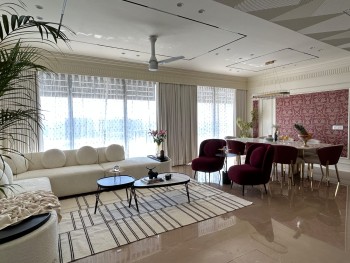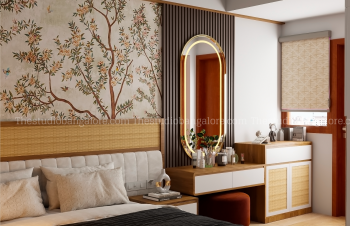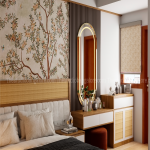In the ever-evolving realm of interior design, the year 2024 promises to usher in a new wave of furniture trends that redefine living spaces. This exploration into the unfolding landscape of furniture trends seeks to unravel the enigma of what’s in and what’s out in the dynamic world of home decor. From innovative designs to shifting preferences, this overview aims to guide enthusiasts, decorators, and homeowners through the transformative journey that the furniture industry is poised to embark upon.
Furniture trends play a pivotal role in shaping the aesthetic and functional aspects of living spaces. Beyond mere embellishments, they reflect societal shifts, technological advancements, and changing lifestyle preferences. Understanding the significance of these trends goes beyond mere aesthetics; it involves creating environments that resonate with the pulse of contemporary living. For those seeking to enhance their living spaces, keeping abreast of these trends becomes indispensable.
Sustainable and Eco-friendly Designs
In a time when environmental awareness is at its zenith, the spotlight is on furniture designs that prioritize sustainability and eco-friendliness. Manufacturers are increasingly prioritizing materials that are renewable, recyclable, and ethically sourced. From reclaimed wood to recycled metals, furniture crafted from eco-conscious materials not only reduces the environmental footprint but also adds a unique charm to living spaces.
Additionally, designers are embracing sustainable practices, incorporating longevity into their creations. Furniture pieces are designed with modularity in mind, allowing for easy disassembly and reassembly. This not only aids in transportation but also facilitates repairs and upgrades, contributing to a circular economy.
Multifunctional and Space-Saving Furniture
The modern lifestyle often demands furniture that adapts to varying needs and spatial constraints. Multifunctional and space-saving furniture solutions have become increasingly popular, catering to the urban dwellers who seek efficiency without compromising on style.
Sofa beds with hidden storage, collapsible dining tables, and modular shelving units are just a few examples of this trend. The emphasis is on versatility, allowing furniture to transform and serve different purposes based on the user’s requirements. This not only maximizes the utility of each piece but also promotes a clutter-free living environment.
Technology Integration in Furniture
As technology continues to evolve, so does its integration into our daily lives, including our furniture. Smart furniture has become a key trend in 2024, blending functionality with connectivity. From coffee tables with built-in wireless charging pads to sofas equipped with embedded speakers and USB ports, technology seamlessly merges with our living spaces.
Voice-activated controls and sensor-based functionalities are becoming increasingly common, providing a futuristic and convenient living experience. The integration of technology not only enhances the usability of furniture but also aligns with the growing demand for smart homes and connected living.
Natural and Organic Materials
The desire for a connection to nature is reflected in the use of natural and organic materials in furniture design. Wood, stone, and rattan are making a comeback, bringing warmth and authenticity to interiors. The appreciation for imperfections in these materials adds character and uniqueness to each piece.
Natural finishes, such as matte surfaces and earthy tones, dominate the color palette in 2024. This trend not only resonates with a desire for a harmonious living environment but also supports the use of sustainable materials, contributing to the overall eco-friendly movement.
Bold Colors and Unique Patterns
While organic materials embrace a more subdued color scheme, bold colors and unique patterns make a statement in 2024. Designers are experimenting with vibrant hues and unconventional patterns, injecting energy and personality into furniture pieces.
From accent chairs in rich jewel tones to sofas adorned with abstract prints, the focus is on creating focal points within the space. This trend allows individuals to express their personal style and infuse a sense of playfulness into their home decor.
Furniture Trends Going Out of Style
In the ever-evolving world of interior design, furniture trends are constantly shifting to reflect societal preferences, technological advancements, and environmental concerns. As we step into 2024, several once-popular furniture styles are gradually fading away. Here’s a closer look at four major furniture trends that are going out of style in 2024:
Traditional Heavy Furniture
The era of bulky, ornate furniture is making way for sleek, minimalist designs. Traditional heavy furniture, characterized by intricate carvings, dark wood finishes, and oversized proportions, is falling out of favor. Today’s homeowners are leaning towards more open and airy spaces, opting for furniture that creates an illusion of space rather than dominating it. Lighter materials and streamlined silhouettes are becoming the norm, replacing the grandiosity of traditional pieces.
Mass-Produced and Generic Designs
The rise of mass-produced, generic furniture is witnessing a decline as consumers seek uniqueness and individuality in their living spaces. People are moving away from cookie-cutter designs that lack personality and opting for custom or artisanal pieces that tell a story. Handcrafted furniture and limited-edition designs are gaining popularity, as homeowners crave items that stand out and contribute to a more personalized and curated interior aesthetic.
Single-Function Furniture
In the age of multi-functional living, furniture that serves only one purpose is becoming obsolete. Homeowners are increasingly valuing versatility and efficiency in their furniture choices. Single-function pieces like traditional coffee tables or standalone bookshelves are being replaced by multi-functional alternatives such as storage ottomans, modular shelving units, and convertible dining tables. This shift is driven by the need to maximize space and adapt to the changing dynamics of modern living.
Non-Eco-Friendly Materials
As environmental consciousness continues to grow, furniture made from non-eco-friendly materials is rapidly losing its appeal. Customers are increasingly aware of the ecological consequences of their buying decisions, resulting in a waning interest in furniture made from non-sustainable wood, plastic, or other environmentally detrimental materials. Sustainable options, such as bamboo, reclaimed wood, and recycled materials, are gaining traction as individuals prioritize eco-friendly choices that align with their commitment to a greener lifestyle.







